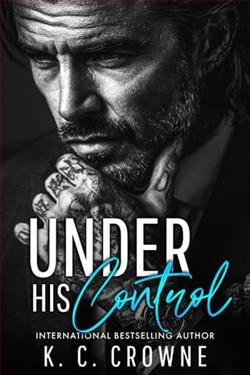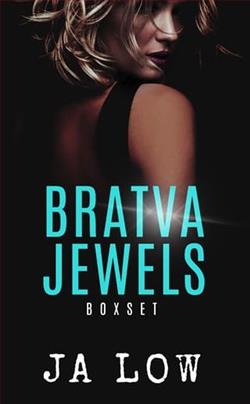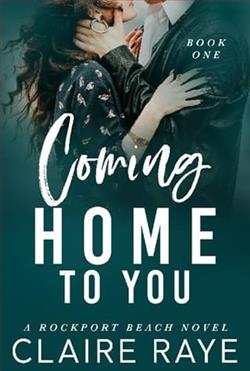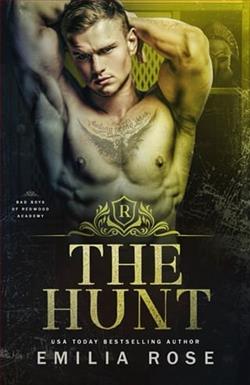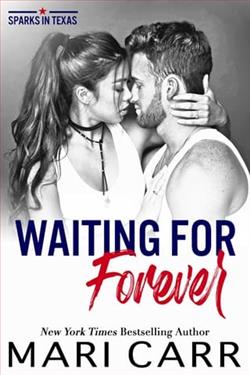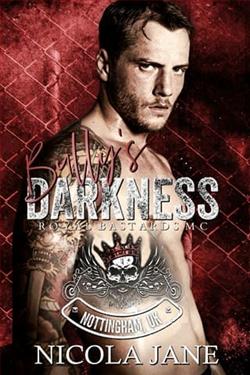Page 4 of Lunar Park
The two main events during the next phase of my life were the hurried publication of a second novel, The Rules of Attraction, and my affair with the actress Jayne Dennis. The Rules of Attraction was written during my senior year at Camden and detailed the sex lives of a small group of wealthy, alienated, sexually ambiguous students at a small New England liberal arts college (so like Camden itself that this is what I called the fictional university) during the height of the Reagan eighties. We followed them as they wandered from orgiastic party to orgiastic party, from one stranger’s bed to another, and the text catalogued all the drugs devoured, all the alcohol guzzled, how easily they drifted into abortions and vast apathy and skipping classes, and it was supposed to be an indictment of, well, really nothing, but at that point in my career I could have submitted the notes I had taken in my junior year Virginia Woolf course and would still have received the huge advance and copious amounts of publicity. The book was also a best seller, though not as successful as Less Than Zero, and the press became even more fascinated with me, and by the decadence portrayed in the book and how it seemed to mirror my public lifestyle as well as the decade we were all trapped in. The book cemented my authority as the spokesman for this generation, and my fame grew in direct proportion to the number of copies the book sold. It all kept coming: the cases of champagne consumed, the suits Armani sent over, the cocktails in first class, the charting on various power lists, the court seats at Lakers games, the shopping after hours at Barneys, the groupies, the paternity suits, the restraining orders against “determined fans,” the first million, the second million, the third million. I was going to start my own line of furniture. I was going to have my own production company. And the spotlight’s white glare kept intensifying, especially when I started dating Jayne Dennis.
Jayne Dennis was a young model who had seamlessly made the transition to serious actress and had been steadily gaining recognition for her roles in a number of A-list projects. Our paths had crossed at various celebrity functions, and she had always been extremely flirtatious—but since everyone was flirting with me at that point in my life, her interest barely registered until she arrived at a Christmas party I threw in 1988 and basically hurled herself at me (I was that irresistible). At the after-party at Nell’s I found myself making out with her in one of the club’s front booths and then whisked her back to my suite at The Carlyle (it took the caterers two days to decorate the condo and three days to clean it up—there were five hundred guests—so I moved into a hotel the week of that party), where we had sex all night and then I had a plane to catch the next morning to L.A. for the holidays. When I returned to New York we officially became a high-profile couple. We could be seen at an Elton John AIDS benefit concert at Madison Square Garden, we were photographed at a Hampton’s polo match, we were interviewed by Entertainment Tonight on the red carpet at the Ziegfeld premiere of the new Eddie Murphy comedy, we sat in the front row at a Versace fashion show, paparazzi followed us to a friend’s villa in Nice. Though Jayne had fallen in love with me and wanted to get married, I was simply too preoccupied with myself and felt the relationship, if it kept running its course, would be doomed by summer. Besides her neediness and self-loathing, there were other insurmountable obstacles: namely drugs and, to a lesser extent, massive alcohol consumption; there were other girls, there were other boys; there was always another party to get lost in. Jayne and I broke up amiably in May of 1989 and kept in touch in a sad/funny sort of way; there was a continuing wistfulness on her part and a high level of sexual interest on mine. But I needed my space. I needed to be alone. A woman wasn’t going to interfere with my creativity (plus, Jayne didn’t add anything to it). I had started a new novel that was beginning to demand most of my time.
What’s left to say about American Psycho that hasn’t already been said? And I feel no need to go into great detail about it here. For those who weren’t in the room at the time, here’s the CliffsNotes version: I wrote a novel about a young, wealthy, alienated Wall Street yuppie named Patrick Bateman who also happened to be a serial killer filled with vast apathy during the height of the Reagan eighties. The novel was p**n ographic and extremely violent, so much so that my publishers, Simon & Schuster, refused the book on grounds of taste, forfeiting a mid-six-figure advance. Sonny Mehta, the head of Knopf, snapped up the rights, and even before its publication the controversy and scandal the novel achieved was enormous. I did no press because it was pointless—my voice would have been drowned out by all the indignant wailing. The book was accused of introducing serial killer chic to the nation. It was reviewed in the New York Times, three months before publication, under the headline “Don’t Buy This Book.” It was the subject of a 10,000-word essay by Norman Mailer in Vanity Fair (“the first novel in years to take on deep, dark, Dostoyevskian themes—how one wishes this writer was without talent!”). It was the object of scornful editorials, there were debates on CNN, there was a feminist boycott by the National Organization of Women and the obligatory death threats (a tour was canceled because of them). PEN and the Authors Guild refused to come to my rescue. I was vilified even though the book sold millions of copies and raised the fame quotient so high that my name became as recognizable as most movie stars’ or athletes’. I was taken seriously. I was a joke. I was avant-garde. I was a traditionalist. I was underrated. I was overrated. I was innocent. I was partly guilty. I had orchestrated the controversy. I was incapable of orchestrating anything. I was considered the most misogynist American writer in existence. I was a victim of the burgeoning culture of the politically correct. The debates raged on and on, and not even the Gulf War in the spring of 1991 could distract the public’s fear and worry and fascination from Patrick Bateman and his twisted life. I made more money than I knew what to do with. It was the year of being hated.
